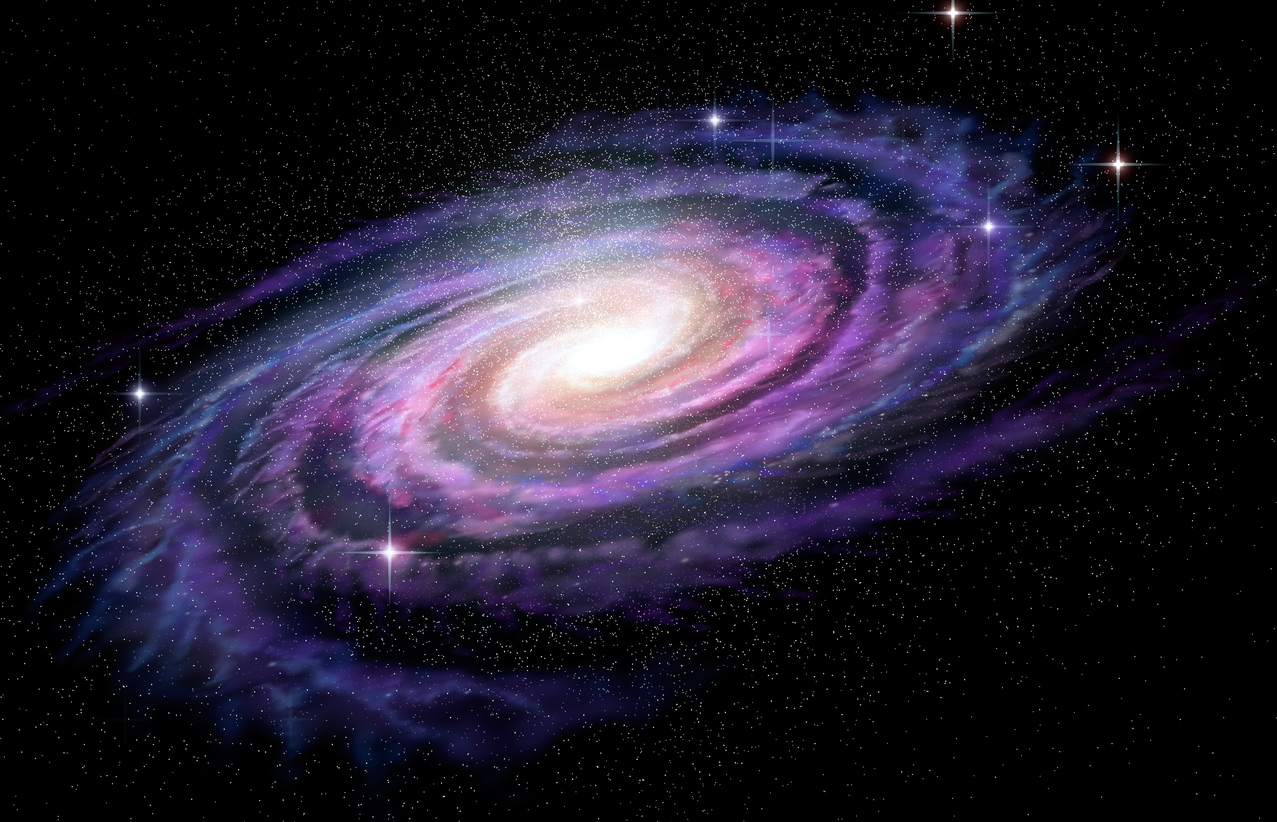A new study using images from the James Webb Space Telescope (JWST) has helped to answer a continuous question in astronomy.
Astronomers have been able to identify both thin and thick stellar disks in galaxies, extending far beyond our local universe, with some dating back 10 billion years
The research was led by an international team and recently published in the Monthly Notices of the Royal Astronomical Society. It analysed 111 edge-on galaxies captured by JWST. These galaxies were positioned in a way that allowed their vertical structure to be studied in detail, enabling scientists to see their internal layering like never before.
Two stellar disks, two histories
Many disk galaxies, including the Milky Way, are composed of two key components: a thick disk and a thin disk. The thick disk contains older, metal-poor stars, while the thin disk hosts younger, metal-rich stars. These distinct parts offer clues to the history of star formation and chemical enrichment in galaxies.
Until the launch of JWST in 2021, only nearby galaxies could be studied in this level of detail. Older telescopes lacked the resolution to observe the thin edges of distant galaxies. But JWST’s sharp imaging capabilities have now made it possible to explore the vertical structure of galaxies billions of light-years away, essentially allowing astronomers to look back in time.
Galactic evolution through times
The analysis of the JWST images revealed a clear evolutionary pattern. In the earlier universe, galaxies appeared to have only a thick disk. As time went on, more galaxies developed a second, thinner disk nestled within the thick one. This sequence suggests a two-step formation process: galaxies initially formed a thick disk during their early, chaotic stages, and later developed a thin disk as they matured.
The team found that the thin disks in galaxies similar in size to the Milky Way began forming about 8 billion years ago. This timeline matches with existing data on our galaxy, suggesting that the Milky Way’s formation history may be more typical than previously thought.
Gas, turbulence, and the birth of stars
To understand how these disks formed, the researchers also examined data from the Atacama Large Millimetre/submillimeter Array (ALMA) and other ground-based observatories. These observations focused on the motion of gas, the raw material from which stars are born.
In the early universe, galaxies were gas-rich and highly turbulent. This chaotic environment fueled rapid star formation, resulting in the formation of thick stellar disks. Over time, the stars themselves helped stabilise the gas, calming the turbulence. This quieter environment allowed for the gradual buildup of a thin, more orderly disk within the thick one.
Massive galaxies, with more gas and stronger gravitational pull, were able to form thin disks earlier than smaller galaxies. This suggests that galaxy mass plays a crucial role in shaping the development of disk structures.
